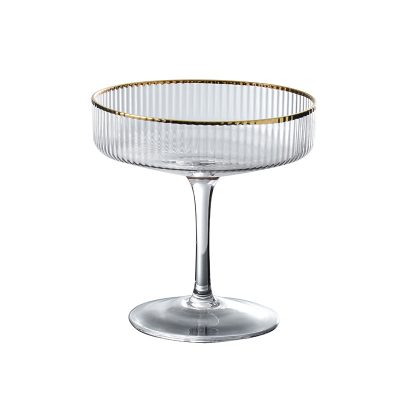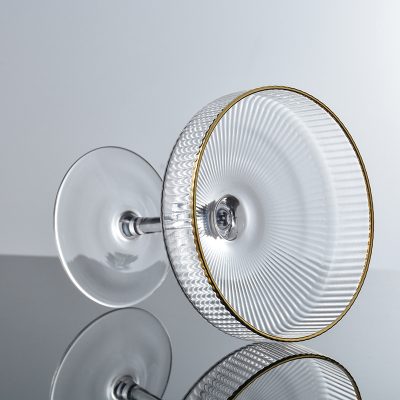Glass bottles have always given the impression that most of them are fragile, fragile and not easy to protect, so some people reject such glass bottles. Whether it is a glass bottle for drinking water in daily life or a glass bottle for holding things, they don’t quite understand. For example, in the wine industry, in terms of outer packaging, it uses glass bottle packaging. This has also caused some controversy, but is the average glass bottle really the same as the glass wine bottle? We together look!
● Little known wine bottle knowledge
Wines from different producing areas have their own shapes of wine bottles. This is especially obvious in French wines, and most drinkers can recognize them at a glance. The glass of the wine bottle has some little-known secrets, and I will share it here to understand that this is not a simple matter.
First of all, most of the raw materials for making wine bottles are silica, commonly known as quartz sand, which has a very high melting point of 1700°C. Such a high melting point has a problem in production, that is, the cost is high. To this end, wine bottle makers add some other materials to lower its melting temperature, including sodium oxide and potassium oxide.
After adding these materials, the melting point can be reduced to about 1400 ℃, but there will be a problem of water solubility, that is, glass is soluble in water, and must not be used as a storage wine.
● Add materials to stabilize glass properties
To this end, glass manufacturers add additional calcium oxide to eliminate the solubility of the glass, and then add a little aluminum oxide to stabilize the glass from crystallizing when it freezes.
Therefore, in addition to quartz sand, the wine bottles we see are actually made of four kinds of materials. These materials are all mineral oxidants, each of which is cheap and common, and when mixed together, forms a glass with properties that are both insoluble in water and strong.
But adding extra material to bottle glass doesn’t end there. If you pay attention, some wine bottles will use transparent glass, which is obvious in Liquor Z. But most red wine bottles are green because the color absorbs UV light, preventing it from passing through the glass. Ultraviolet rays will age wine, which means that if the wine is placed in the sun, without these green glass to absorb ultraviolet rays, the wine cannot be stored for too long, shortening the storage time and life of the wine.
























